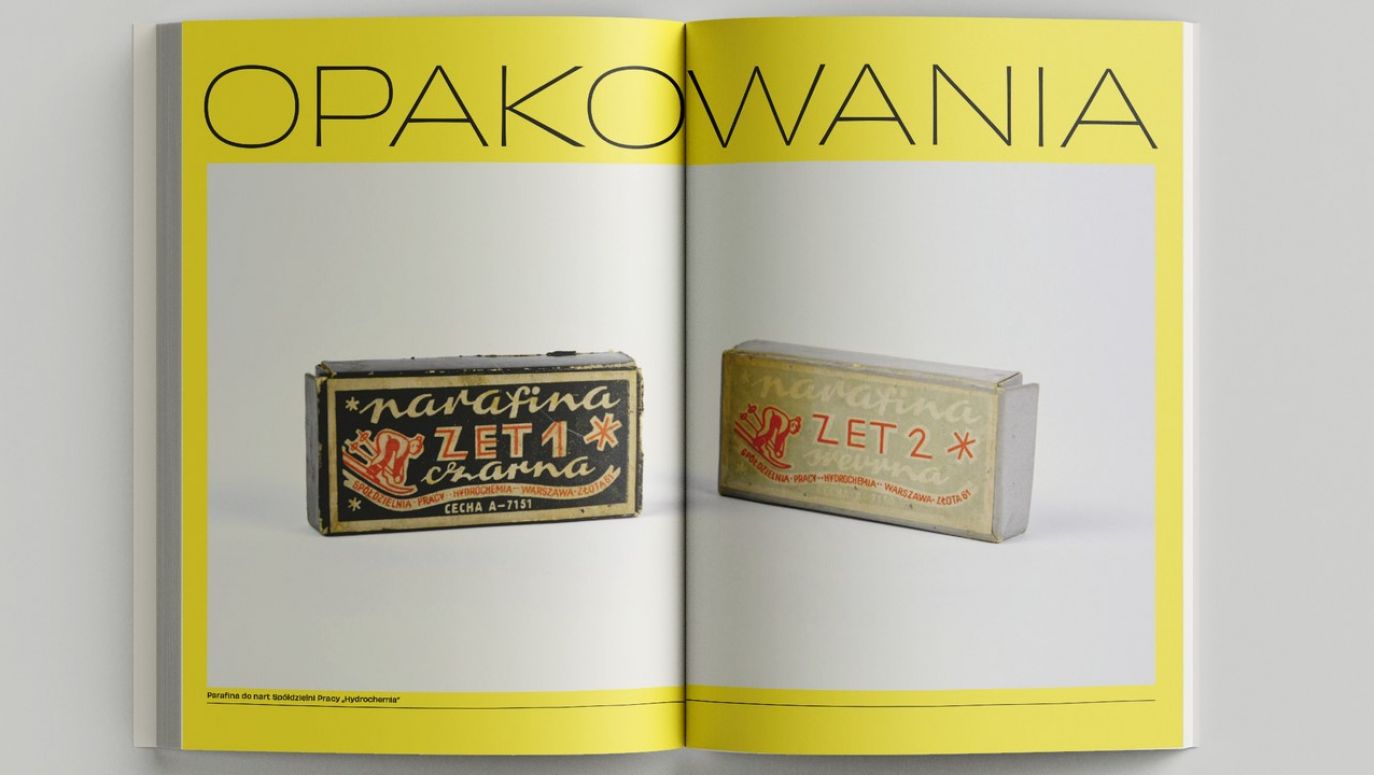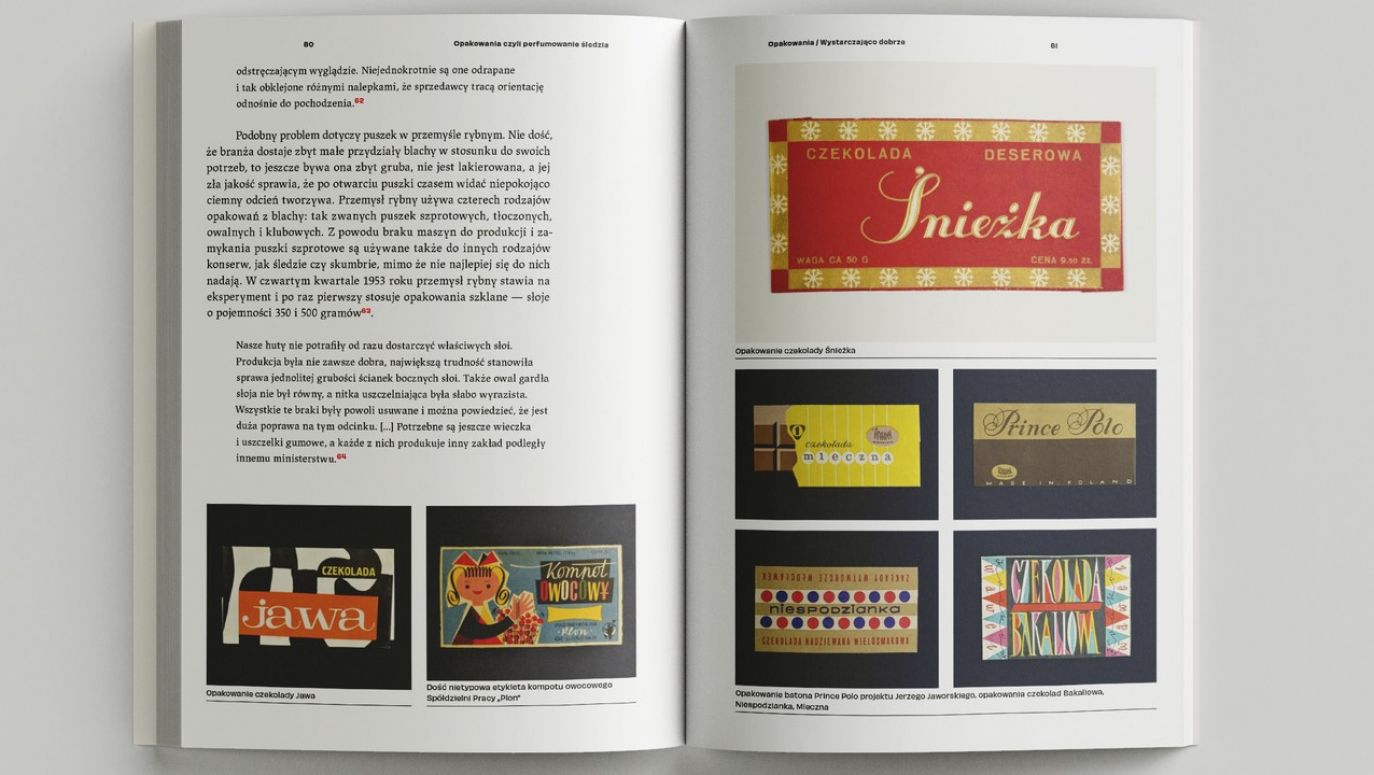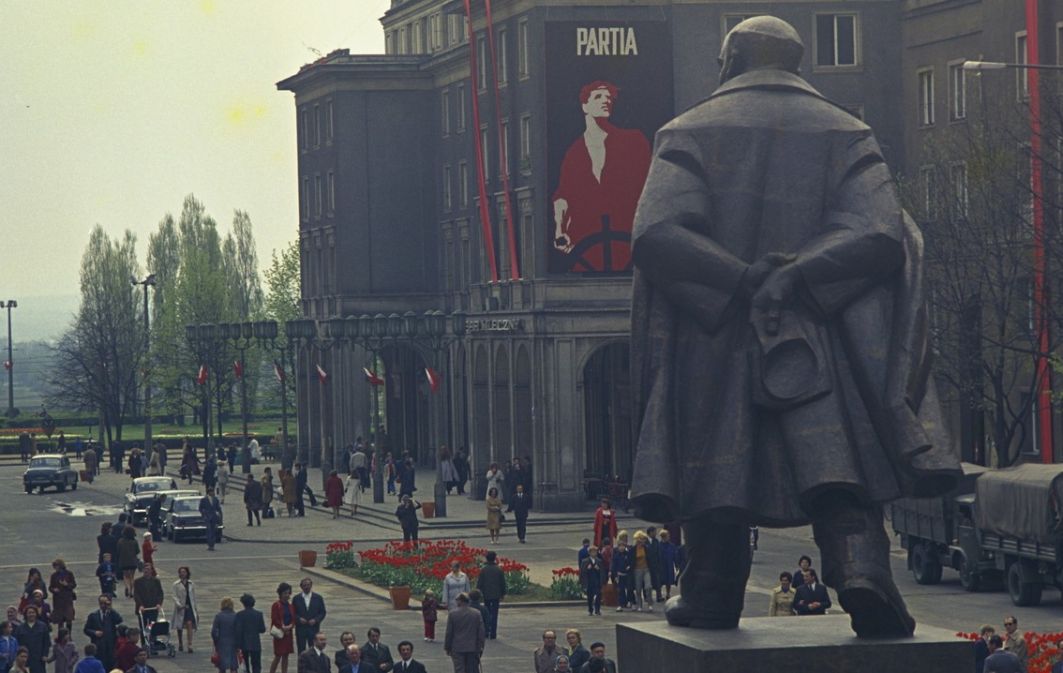They couldn't display nice goods because customers would be tempted to buy them. They lacked everything to work with: from the pins which, once removed from one decoration, they straightened in order to use them for the next one, to the materials to install them, to the products themselves. The displays were sometimes an improvisation. If the shop manager acquired a Christmas tree, it would go on display, complete with cotton wool, glitter from broken baubles. The bedside lamp behind the coloured wine bottles was the pinnacle of decorating achievement.
Was it possible to count on decorating innovations in this industry?
There were trends in the decorating industry. Styrofoam was a hit. It was ideal for decorating exhibitions in winter, but it was also useful in summer, when it turned out that you can cut almost anything from it. Earlier decorators painted landscapes, used white and coloured tissue paper, also crinkled. Most of them did everything themselves, a few lucky ones had a carpenter, a glazier or a driver to help transport the large elements of the exhibition. Often the decorators also looked through the waste and selected materials from it that could go on display - glass tubes or coloured glass from steelworks, aluminium foil, metal strips from industrial plants. In small towns, decorators planned their work so that the exhibition was arranged by 1 p.m., when shops closed for lunch. Rainy days made this work impossible, as walking through the town with the decorations would cause damage. Also, the decorators were not always welcomed by the shop assistants, who had to take a break from their work to, for example, make a decision.
Did decorators compete with each other, did they take part in competitions?
Yes, there were national and local competitions. The national ones were held in those cities where the level of shop windows was the lowest, for example because there were not enough decorators. Decorators were reluctant to take part in them, mainly because although these trips were treated as business duty, they were not really so. On return, the decorator had to make up for his absence and, if he won a prize, reimburse the employing institution for materials.
Often the organisers agreed who would work where during such competitions. The largest windows were chosen by local decorators who had already been prepared, while visitors from distant cities received unprepared windows, with themes of ungrateful, non-competitive goods, such as fridges or men's clothes. Shoes were also an ungrateful subject, because it was not clear how to display them. In such conditions, the chances of winning decreased to zero.
If, at the end of our conversation, I asked you to name the five most interesting packaging, such communist era gems, what would you name?
It is very easy (laughs). One of them belongs to me - it is a tin from Wawel brand sweets, with holes on sides, which can be transformed into a drum. Another package from this line of toys is a metal bucket of marmalade, which can be used as a toy in the sandbox after eating it. I also have a pack of "Szałowa" (Frenzy) perfume. I managed to get both the bottle and the paper packaging. The same goes for the bottle of Lechia "Renoir" perfume, but the icon of design and my warm memories is a woven poodle for a bottle of alcohol. A masterpiece of those times.
– Interviewed by Marta Kawczyńska
TVP WEEKLY. Editorial team and jornalists
– Translated by Tomasz Krzyżanowski








